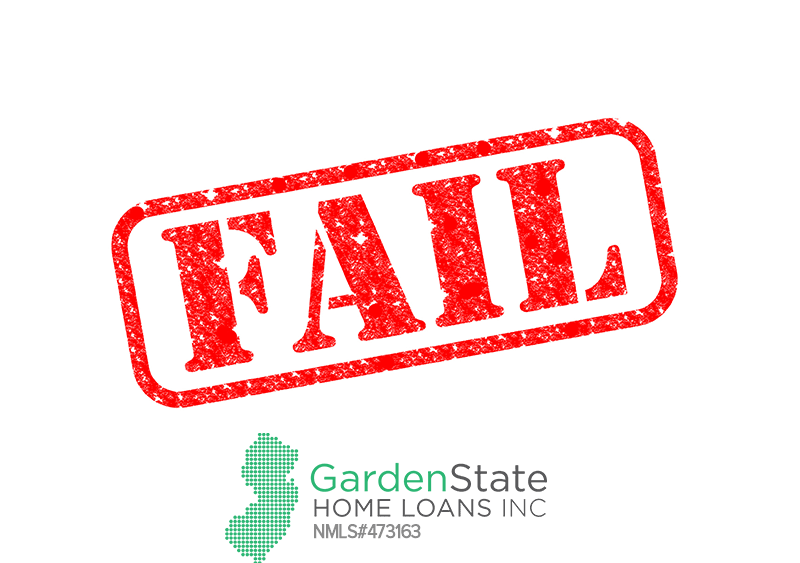
The purchase of a home is always contingent on a home inspection. During a home inspection, a professional comes to the property and thoroughly inspects the house, looking for anything that may seem troubling. A house or home inspection is one of the most common parts of a purchase agreement.
Before deciding on a home inspector, be prepared to ask these questions to determine whether or not they are the right person for you.
Home inspection questions checklist:
- How experienced are you?
- How do you keep your expertise up to date?
- What types of properties have you inspected in the past?
- How long will the inspection take?
- How much will it cost?
- Will I be able to attend the inspection?
What happens during a home inspection?
During a home inspection, the inspector may climb on top of the roof, go into the attic, and search along the base of the walls. While searching for issues inside and outside of the home, they may look at these areas:
- The foundation
- Electrical components
- Roofing
- Plumbing
- Heating and air conditioning
- Ventilation
- The fireplace and chimney
- The windows
- The appliances
It’s important to know that the date your home was built may lend itself to certain issues.
- If your home was built between 1900 and 1950: Knob and tube wiring was used in fuse boxes, and is inadequate to cover the weight of today’s appliances.
- If your home was built between 1942 and 1958: During this time, Orangeburg piping was used to make a sewer line connection to the main sewer line. The cost of these repairs can cost between $2,000 and $5,000, or more.
- If your home was built between 1984 and 1990: ABS piping was made out of recycled plastic, which was produced by five manufacturers. This type of piping has a tendency to crack within the glue joints. If this type of piping is used in your home, it can be extremely costly to fix.
- If your home was built between 1990 and 2000: Your home may have a NOX rod consolidated furnace. This type of furnace has heat exchangers that can crack and release carbon monoxide into the home and potentially cause fires.
No matter when your home was built, the most commonly found issue during the inspection process is moisture and drainage. This is the leading cause of major structural damage, toxic mold, and dry rot. Major indicators that a home may be suffering from these types of damages are moisture stains around the ceilings, walls, or windows, a worn roof, or water pooling under or by the foundation.
A list of issues an inspector may find:
- Roof issues
- Plumbing issues
- Inadequate isolation and ventilation in the attic
- Faulty wiring
- Heating/Cooling system defects
- Poor drainage around the structure
- Minor structural damage
- Air and water penetrating cracks and window perimeters
- Potential environmental issues
- Poor historical maintenance
Home inspection not only important, but it’s a necessary step in the home buying process. Always make sure that your home has been inspected and that everything in the house is up to par with current standards.


Comments are closed.